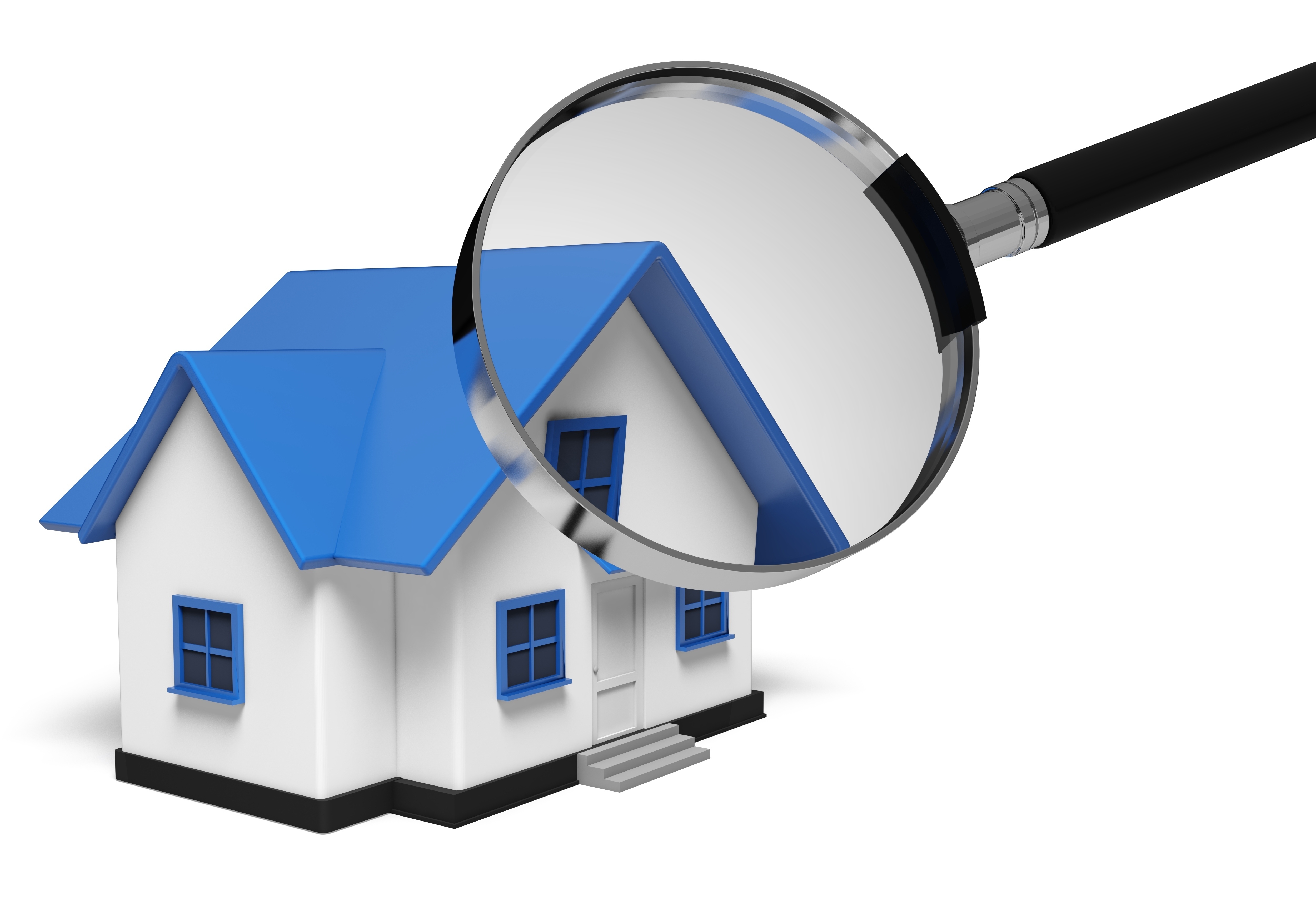
What Goes Into an Appraisal?Purchasing a house can be the biggest investment some people could ever make. Whether it's a main residence, an additional vacation property or a rental fixer upper, purchasing real property is a complex transaction that requires multiple parties to see it through. The majority of the people involved are quite familiar. The most recognizable entity in the exchange is the real estate agent. Then, the mortgage company provides the financial capital necessary to finance the deal. And the title company sees to it that all details of the transaction are completed and that a clear title transfers from the seller to the buyer. So, what party makes sure the value of the property is in line with the purchase price? This is where the appraiser comes in. We provide an unbiased estimate of what a buyer might expect to pay — or a seller receive — for a property, where both buyer and seller are informed parties. A licensed, certified, professional appraiser from Shamrock Appraisals, Inc. will ensure, you as an interested party, are informed. Inspecting the subject propertyOur first task at Shamrock Appraisals, Inc. is to inspect the property to determine its true status. We must see aspects of the property hands on, such as the number of bedrooms and bathrooms, the location, amenities, etc., to ensure they truly are there and are in the condition a typical person would expect them to be. The inspection often includes a sketch of the floorplan, ensuring the square footage is proper and illustrating the layout of the property. Most importantly, the appraiser identifies any obvious features - or defects - that would affect the value of the house. Following the inspection, an appraiser uses two or three approaches to determining the value of the property: a paired sales analysis, a replacement cost calculation, and an income approach when rental properties are prevalent. 
Replacement CostThis is where the appraiser uses information on local construction costs, the cost of labor and other elements to ascertain how much it would cost to construct a property comparable to the one being appraised. This figure usually sets the upper limit on what a property would sell for. The cost approach is also the least used predictor of value. 
Paired Sales AnalysisAppraisers become very familiar with the subdivisions in which they appraise. They innately understand the value of certain features to the residents of that area. Then, the appraiser looks up recent sales in close proximity to the subject and finds properties which are 'comparable' to the property being appraised. By assigning a dollar value to certain items such as remodeled rooms, types of flooring, energy efficient items, patios and porches, or additional storage space, we adjust the comparable properties so that they are more accurately in line with the features of subject.
A true estimate of what the subject could sell for can only be determined once all differences between the comps and the subject have been evaluated. When it comes to putting a value on features of homes in Tuscaloosa and Tuscaloosa, Shamrock Appraisals, Inc. can't be beat. The sales comparison approach to value is usually given the most consideration when an appraisal is for a home exchange. Valuation Using the Income ApproachA third way of valuing a house is sometimes used when an area has a reasonable number of renter occupied properties. In this case, the amount of income the property produces is factored in with income produced by neighboring properties to give an indicator of the current value. Coming Up With The Final ValueCombining information from all applicable approaches, the appraiser is then ready to document an estimated market value for the property at hand. The estimate of value at the bottom of the appraisal report is not necessarily what's being paid for the property even though it is likely the best indication of what a property is worth. It's not uncommon for prices to be driven up or down by extenuating circumstances like the motivation or urgency of a seller or 'bidding wars'. But the appraised value is typically employed as a guideline for lenders who don't want to loan a buyer more money than they could get back in the event they had to sell the property again. At the end of the day, an appraiser from Shamrock Appraisals, Inc. will help you attain the most fair and balanced property value, so you can make the most informed real estate decisions. |